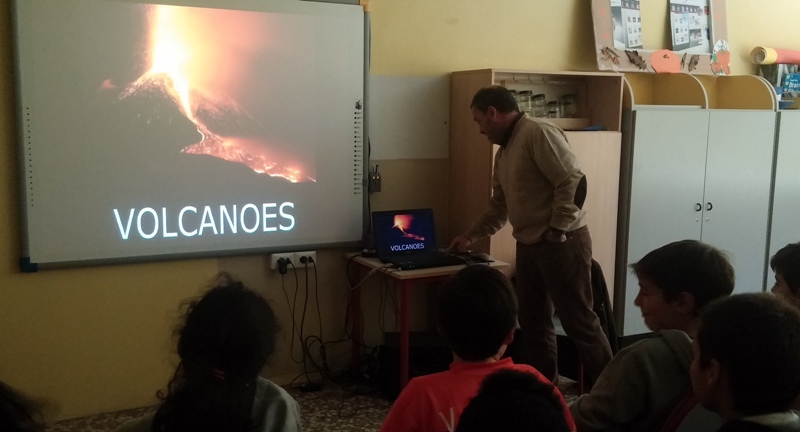
Istituto Comprensivo Camozzi
Scuola primaria G.Rosa.
Classi
5A e 5B a.s. 2014/15
Il mestiere della mamma e del papa &
Keep in touch plus


Mr Ettore Romagnoli is Enrico’s dad. He is a geologist and he explained us some interesting things about Volcanoes.

The
word "VOLCANO" comes from the little island of Vulcano in the Mediterranean Sea
of Sicily.
Centuries ago, the people living in this area believed that Vulcano was the chimney of the forge of Vulcan, the blacksmith of the Roman gods.

They
thought that the hot lava fragments and clouds of dust erupting form Vulcano
came from Vulcan's forge as he beat out thunderbolts for Jupiter, king of the
gods, and weapons for Mars, the god of war.
WHAT IS A VOLCANO?
A volcano is a place on the Earth’s surface where hot, molten rock (magma) breaks through.

CLASSIFICATION OF VOLCANOES:
The volcano’s structure

HOW DO THE VOLCANOES ERUPT?
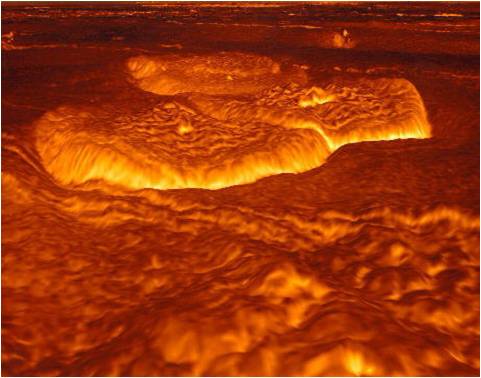
The
eruptions can be:
• EXPLOSIVE with large amounts of gas and a high viscosity (sticky) magma
.jpg)
• EFFUSIVE with small amounts of gas and low viscosity magma
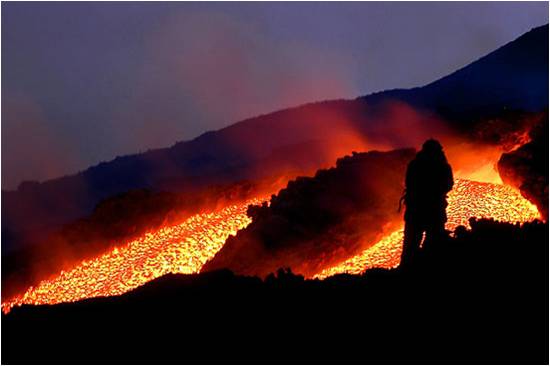
EXPLOSIVE VOLCANIC ERUPTIONS CAN BE CATASTROPHIC
THREE PRODUCTS FROM AN EXPLOSIVE ERUPTION
• ASH FLOW
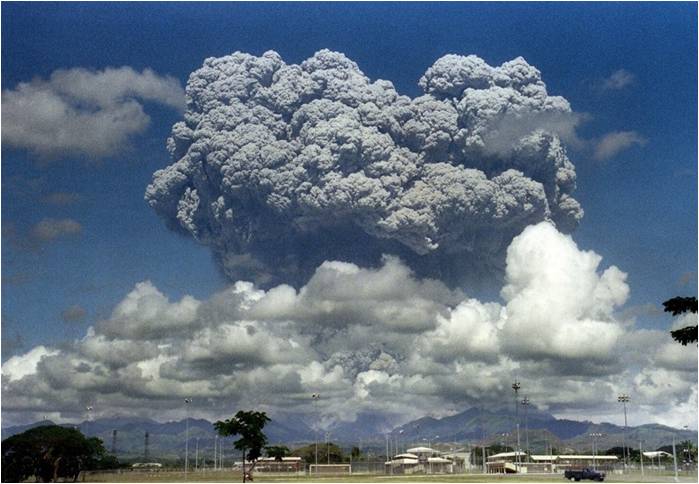
• PYROCLASTIC FLOW
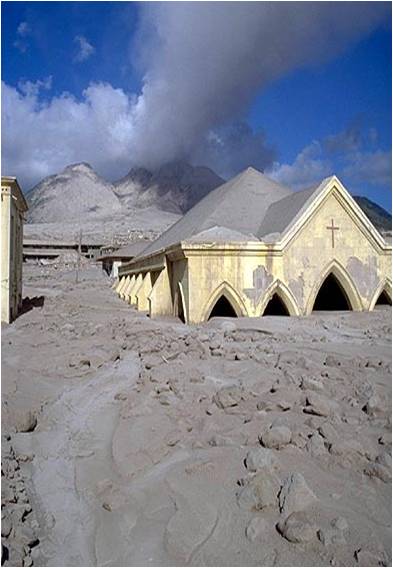
• PYROCLASTIC SURGE
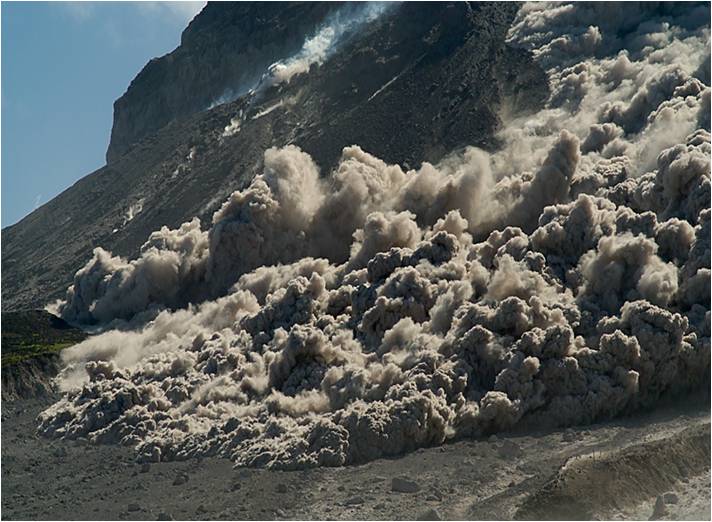
A famous historic example of an explosive eruption that produced devastating pyroclastic flows was the 79AD eruption of Mt Vesuvius in Italy that buried the ancient Roman city of Pompeii.
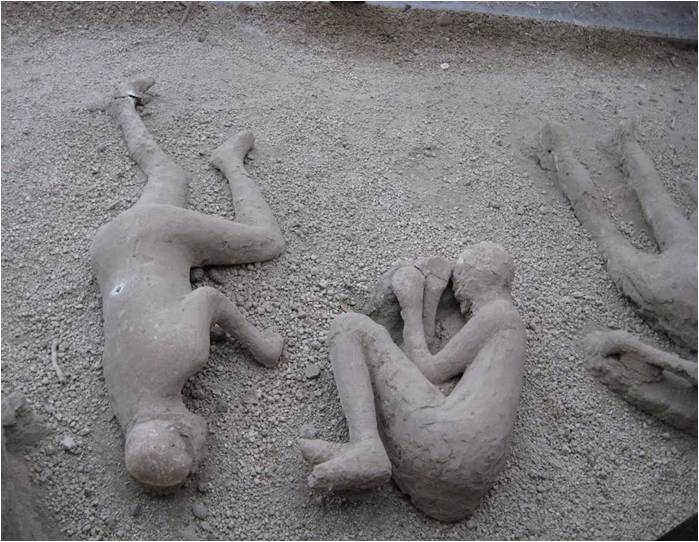
SEISMIC ACTIVITY
Earthquake activity commonly precedes an eruption.
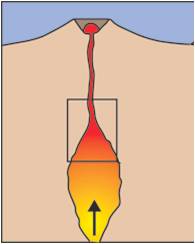
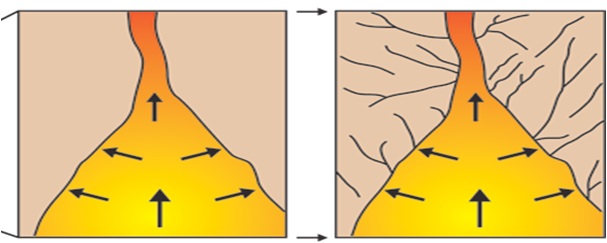
Earthquake activity is measured by Seismographs.
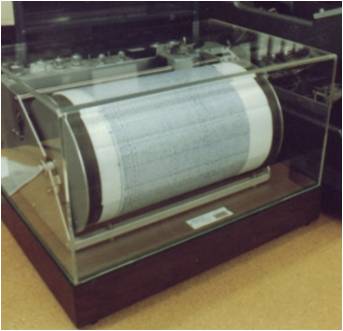
Top ten famous volcanoes

In Italy there are four important volcanoes:
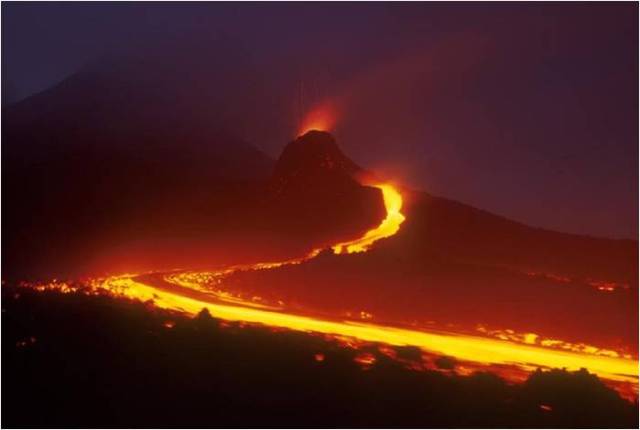 |
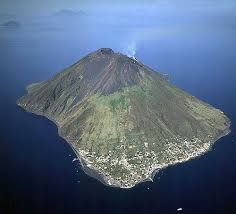 |
| Etna | Vulcano |
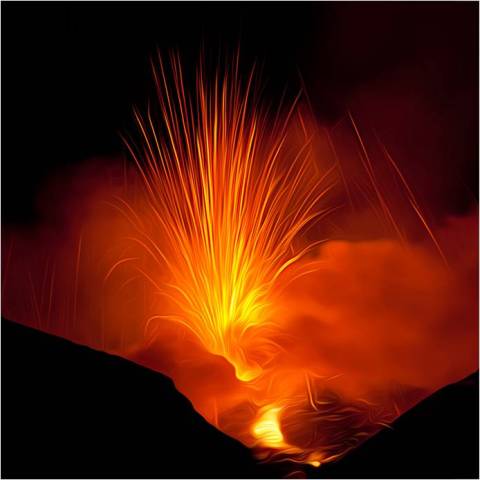 |
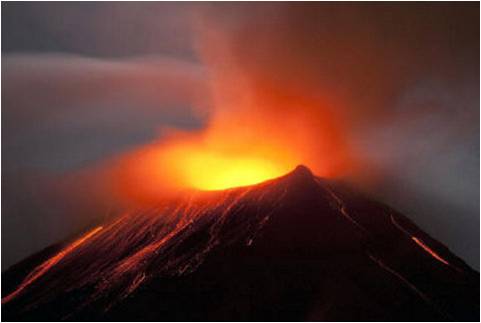 |
| Stromboli | Vesuvio |
Thanks a lot to mister Romagnoli for giving us this fascinating information